MUCH like in winemaking, John Cassegrain knows how to sniff out a good business opportunity. “I decided when I was about 14 that wine was probably going to be my career,” John says. This clear line of thought has driven him to success, allowing him to be nimble and secure his place on the international stage.
With almost 50 years’ experience, the industry pioneer has crafted a tourist destination on the lush coastline near Port Macquarie on the NSW North Coast, attracting not just visitors from the neighbouring M1 highway but from China and Japan.
Since starting the vineyard in 1981 and opening Cassegrain Wines in 1985, John and his brother Claude (who left the business in 2000) have increased wine exports each year. Their first export was to Hong Kong in 1986.
In the past three years John has grown exports from 25% of production to 40%, with plans to hit 70% in the next few years. John’s sons Alex, a winemaker, and Philippe, who helps with business development and marketing, are now part of the company which produces almost a million bottles of wine each year.
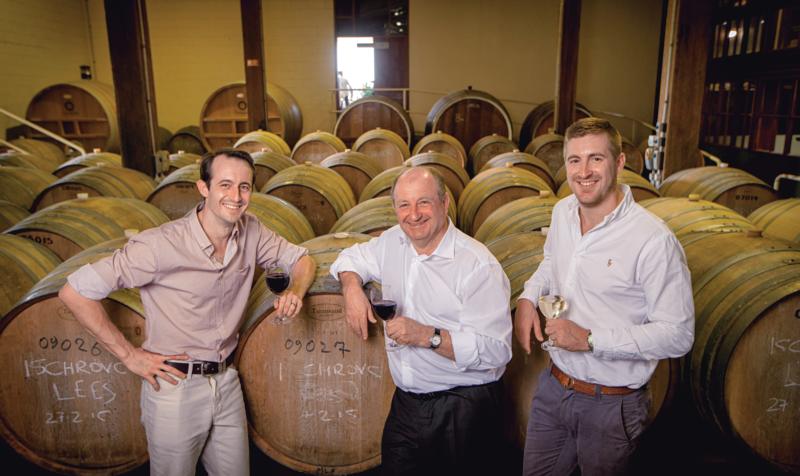 John Cassegrain, in the centre, flanked by his sons Alex and Philippe.
John Cassegrain, in the centre, flanked by his sons Alex and Philippe.
It’s been no easy feat. Starting with five hectares in the Hastings River region, where the main business is based today, John decided to go multi-regional by buying part of a 40ha vineyard in New England. “It’s been difficult because it takes many years to establish a vineyard – you get your first crop after three years but the vines don’t mature for at least seven or eight years and don’t reach their peak until they’re getting close to 14,” John says.
He knows it is important to have a large range of wines, but instead of growing all varieties, he sources grapes from around the country – giving him access to mature vines quickly, with good-quality fruit. John gets his best chardonnay and pinot noir grapes from Tumbarumba, cabernet from Young, shiraz and merlot from New England and, for the first time this year, is sourcing riesling from the ACT.
“If there’s a demand or interest in a variety I can go out there and source those grapes very quickly,” John says. “Being multi-regional gives us more reliability because we’re not dependent on one microclimate.”
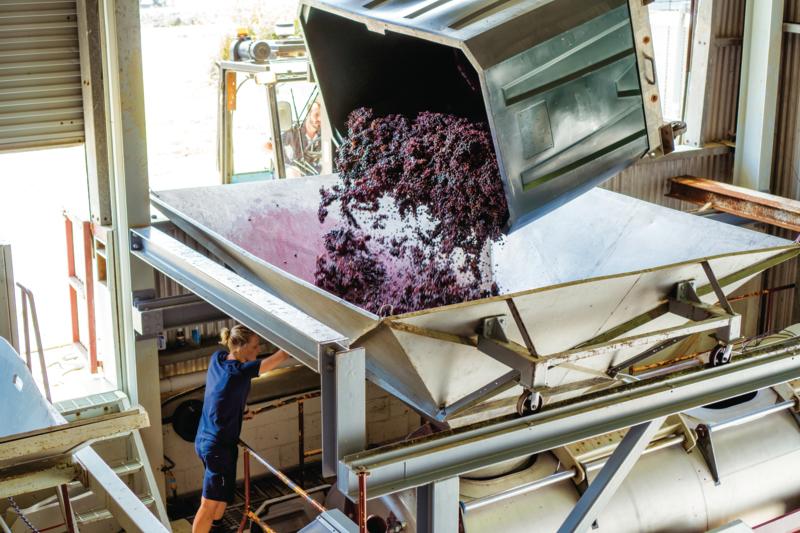 The winery takes delivery of shiraz grapes.
The winery takes delivery of shiraz grapes.
“The wine industry in Australia for the past 20 or 30 years has been very successful,” John says. However, he believes there are now major challenges. “The big issue is 70%, if not more, of the domestic market is controlled by Coles and Woolworths through stores like Liquorland, Dan Murphy’s, BWS, Vintage Cellars and so forth,” he says.
CHANGING DIRECTION FROM SUPERMARKETS TO DIRECT SALES
So, four years ago, John pulled his wines from the supermarket chains, which has been a game changer. “I was at a crossroads. To put it politely, they weren’t friendly to people like us,” he says, adding that the big chains are increasingly stocking their own labels. “A lot look like a copy of a genuine producer and/or portray themselves as boutique producers when in fact they’re these multinational companies.
“As a result of the decision to move out of the main supermarkets, we’ve significantly reduced our volume throughput. We’ve reduced our turnover but we’ve increased our profitability. That means, though, I’ve got surplus production capacity. We’re only utilising about one-third of our production capacity.”
This has meant a change in direction for the winery, including a greater focus on direct sales in the domestic market, leading to a stronger cellar door, a greater online presence and its own wine club, which now brings in 40% of its revenue. A further 20% of the business has resulted from marrying the family’s French heritage with contract winemaking.
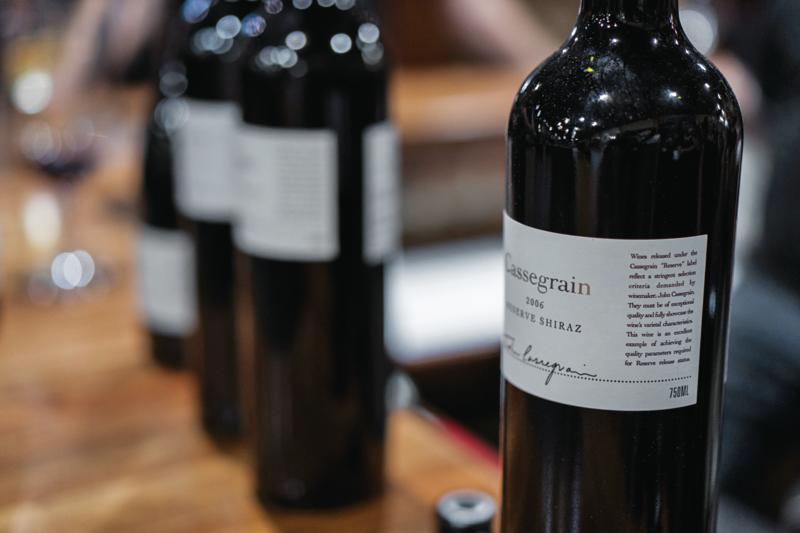 The winery’s Reserve Shiraz.
The winery’s Reserve Shiraz.
The wine company is one of the few producers in NSW equipped to practise traditional méthode champenoise (champagne method) bottle fermentation, and makes sparkling wine for producers in areas such as the Hunter Valley, Mudgee and Rylstone. John says in the long term it has proved to be cheaper to buy the sparkling wine-making equipment. They had previously sent their base wines to South Australia, waiting three or four years for bottles of bubbly to be returned.
CREATING A CELLAR DOOR DESTINATION
By transforming their cellar door into a desirable destination, the family is primed to attract profits from visitors. Accommodation is not far off completion, and a restaurant and regular events appeal to both locals and tourists – showcasing the best of the region, not just the wines. “I am a strong advocate for regionality, regional produce and eating better,” says John, who is proud of what Hastings and NSW have to offer.
Fourteen years ago, he launched Oysters in the Vines, featuring Sydney Rock Oysters matched with Cassegrain wines, which is now held annually on the last Saturday of December. This was followed by Beef in the Vines in July 2018, another endorsement of local produce, matching prime beef cuts with both wine and beer. This year John is planning a barbecue event.
His family has a long association with food and wine. Its history in winemaking began in France in 1643 and carried on in 1952 when John’s parents migrated to Australia. His heritage meant a somewhat different upbringing to his boarding school friends in Lismore. “Our parents drank red wine. At boarding school, I don’t think there were any others in my class who had heard of wine. The parents drank tea or beer.”
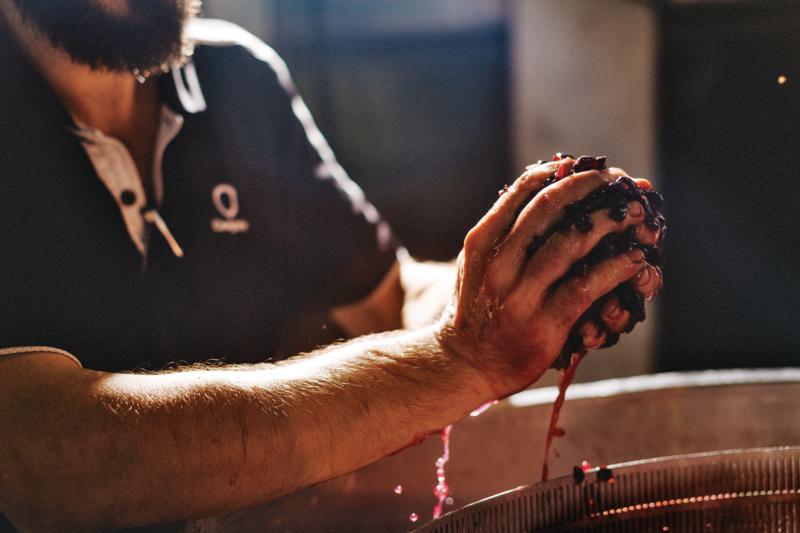 Squashing shiraz grapes by hand.
Squashing shiraz grapes by hand.
John and his brother Claude regularly visited cousins in France where John got a taste for winemaking. He studied wine science at Roseworthy Agricultural College in South Australia, spent a year in France learning about wine and worked under Murray Tyrrell, “one of the iconic winemakers of Australia” for 10 years before opening his own business.
John’s son Alex also studied wine science and is now a senior winemaker. “He’s exceeded my expectations, he’s got more ability in sparkling winemaking than I have, which is fantastic,” John says. “Winemaking is partly art and partly science in the sense that there’s a lot of chemistry and microbiology.”
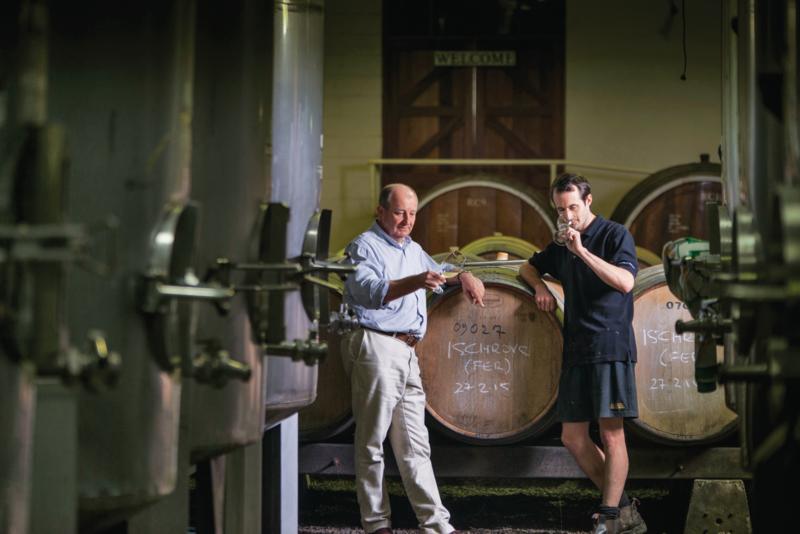 John with his son Alex, who is the latest in a very long family line of winemakers.
FRUITFUL EXPORT PARTNERS
John with his son Alex, who is the latest in a very long family line of winemakers.
FRUITFUL EXPORT PARTNERS
Cassegrain’s export strategy is about targeting markets with the greatest potential. “Ten years ago, particularly as the technology of winemaking internationally improved dramatically in Europe, America and South America, I could see that long term, Australia was not going to be competitive in the European or English market. Right next door to England is this massive wine pool from places like Spain, France, Italy, Hungary, Germany, Czechoslovakia,” John explains. He also deduced the business could not compete in Europe, nor in America, which has wine giants Chile and Argentina “next door”.
“They’ve got companies that are heavily subsidised,” he says. “They’ve got very low labour costs, so they can make very low-priced wines. I could see we weren’t going to be all that competitive long term, in a large scale, whereas the Asian market is an area in which we are, and will be, most competitive for a very long time.” So John has put all his efforts into Asia. Four years ago Japan made up 85% of Cassegrain’s exports, but as other markets such as China boomed, Japan has decreased to 65%.
RELATED ARTICLES:
-
Can the China boom last?
-
From paddock to Asia, the brand smashing the supply chain
“We’ve been working now in China for six years, it’s hard work. I’m hoping in the next 12 months to be exporting to Vietnam. It’s a market that’s very exciting for the future.”
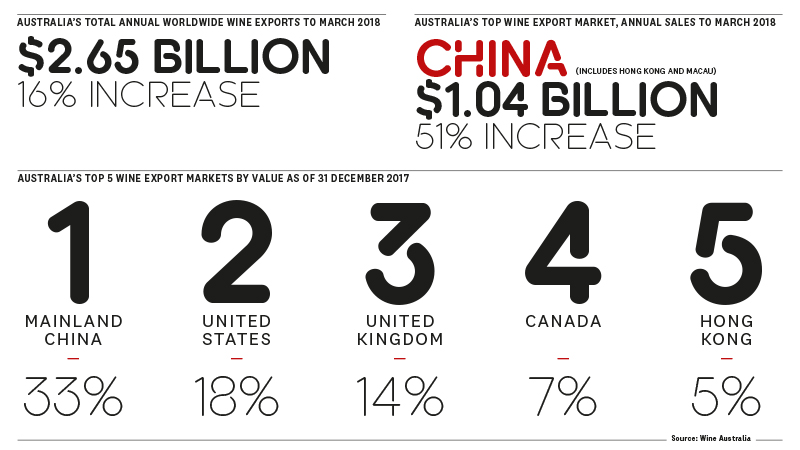 Australia's wine export markets. Source: Wine Australia.
Australia's wine export markets. Source: Wine Australia.
AUSTRALIAN WINE STANDS STRONG IN THE GLOBAL MARKET
The reputation of Australian wines is great, says John, but NSW could do more to raise the profile of its wines, which are high quality but expensive to produce. He says Australia’s wine production costs are at least two or three times those of Europe, with the exception of France. “We can’t compete on price but we can compete on quality,” he says, explaining Australia doesn’t make the bulk low-grade wine produced in Europe.
“We get the highest return per litre of any wine-producing country. That’s a really great feather in the cap for Australia because it demonstrates quality.”
John believes his business model of championing local producers helps visitors learn the value of the product – and this creates a cyclical effect that allows farmers to be less reliant on supermarket chains.
RELATED ARTICLES:
-
Christmas tree farmer boosts business with space-age machine
-
Young farmers getting down to business
-
Secret to success: 160 years of farming with Booroomooka Beef
“I think there’s a lot of opportunity for producers to sell other than through the main supermarkets,” he says. “The reality is supermarkets do have the logistics to go to the broad base marketplace, but I’d like to think that with pressure they will become more friendly to producers.”
He encourages farmers – from beef to wine, eggs to cheese – to develop their own direct market. It’s an approach, he believes, that will let them raise a glass to bigger returns.